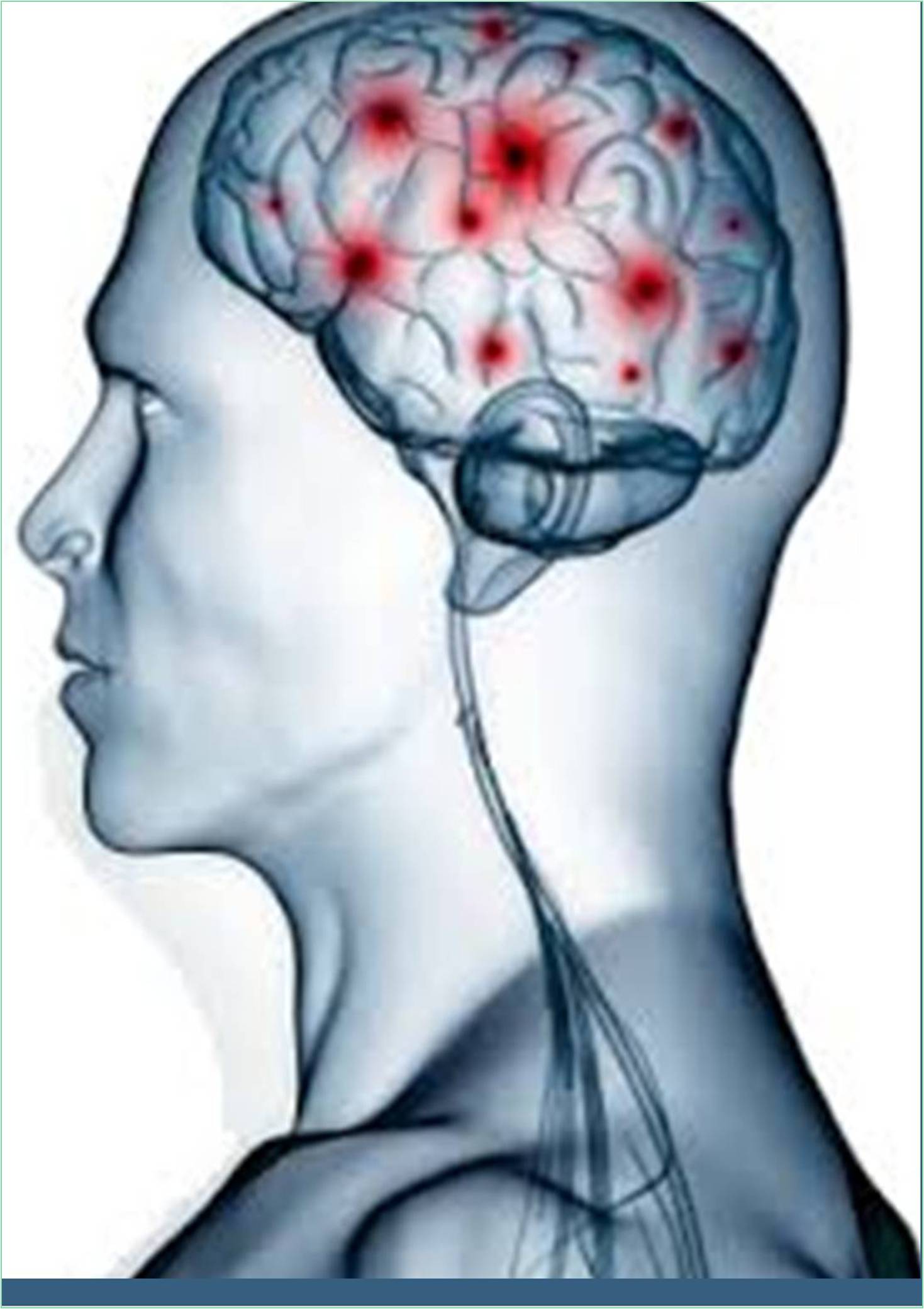



Received: 25-Nov-2022, Manuscript No. GJNN-22-85344; Editor assigned: 28-Nov-2022, Pre QC No. GJNN-22-85344 (PQ); Reviewed: 12-Dec-2022, QC No. GJNN-22-85344; Revised: 19-Dec-2022, Manuscript No. GJNN-22-85344 (R); Published: 28-Dec-2022, DOI: 10.15651/2449-1942.22.10.012
The cause of the gradual, degenerative dementia known as dementia with Lewy bodies (DLB) is uncertain. Patients who are affected typically exhibit dementia before motor symptoms, including visual hallucinations and bouts of decreased responsiveness.
Disruption of the bidirectional information flow from the striatum to the neocortex, particularly the frontal lobe, may contribute to some of the symptoms and signs of DLB.
The clinical characteristics listed below aid in separating DLB from Alzheimer's disease:
Cognitive fluctuations with variable levels of alertness and attention (such as excessive daytime sleepiness despite getting enough sleep at night or throughout the daytime, looking off into space for extended periods of time, or moments of slurred speech, for example)
• Imaginal delusions
• PD-like motor characteristics
• Early extrapyramidal characteristics (vs may occur late in Alzheimer disease)
• Loss of antecedent memory: Possibly less pronounced (vs prominent early sign in Alzheimer disease)
• More pronounced visual-spatial impairment and executive function deficiencies (eg, Stroop, digit span backwards)
In addition to these signs, the following ones may prompt doctors to rule out Alzheimer's disease and make the diagnosis of DLB:
• Non-visual delusions
• Delusions
• Unaccounted-for syncope
• REM sleep behaviour problem
• Nervous system sensitivity
In patients with suspected DLB, examination of cognitive and mental status may provide the following results:
• Impaired but largely preserved cognitive function
• Fluctuating cognition: Intermittent intervals when the patient is aware, coherent, and oriented and interspersed with times when they are perplexed and unresponsive to questioning.
• Memory retrieval: Potentially less effective than memory storage
• Possibly does poorly on tests of visuospatial abilities but reasonably well on confrontational naming tasks (eg, drawing a clock, copying figures)
The following are possible additional physical examination findings:
• There may be some parkinsonian symptoms, but typically not enough to make a diagnosis of Parkinson disease.
• Mild gait impairment: Relatively common; not osteoarthritis or old age related.
• Less frequently than in Parkinson's disease, resting tremors
• May exhibit myoclonus before severe dementia
• Orthostatic hypotension: Particularly common in DLB
• Testing
No sensitive or specific blood or urine tests are currently available for DLB. Laboratory studies should include those usually ordered in a dementia evaluation, including the following:
• Chemistry panel
• Complete blood count
• Thyroid studies
• Vitamin B-12 levels
• Syphilis, Lyme disease, or human immunodeficiency virus testing, when appropriate
Cerebrospinal fluid examination is not required in routine cases. In certain circumstances, neuropsychologic testing is helpful in differentiating DLB from Alzheimer disease and in establishing a baseline for future comparison.
Although electroencephalography abnormalities in DLB patients may occur earlier than in Alzheimer disease patients, it is unclear if this difference is diagnostically significant.
• Imaging analyses
• Patients with suspected DLB may be evaluated using the following radiologic scans of the brain:
• DLB and vascular dementia can be distinguished using magnetic resonance imaging.
• Scanning with computed tomography
• CT imaging using a single photon
• Scanning with positron emission tomography
Treatment may not be necessary for DLB patients who exhibit minor agitation and hallucinations. Acetylcholinesterase inhibitors should be taken first while taking medicine. Most medical professionals advise atypical neuroleptics like clozapine, quetiapine, or aripiprazole when cholinesterase inhibitors are ineffective. Due to neuroleptic sensitivity, stay away from common neuroleptics like haloperidol.
Pharmacotherapy
There are currently no strong data suggesting that drugs can slow the rate of cognitive deterioration. Depression, agitation, hallucinations, as well as an increase in cognition and/or attentiveness can all be treated with medication.
When treating DLB patients, the following drugs are commonly used:
• Anti-cholinesterase drugs (eg, donepezil, rivastigmine, rivastigmine patch, galantamine)
• Antipsychotics of the second generation (eg, clozapine, quetiapine, aripiprazole)
• Antidepressants (eg, venlafaxine, paroxetine, sertraline, fluoxetine) (eg, venlafaxine, paroxetine, sertraline, fluoxetine)
• Benzodiazepines (example, clonazepam) (eg, clonazepam)
• Precursors to dopamine (eg, levodopa and carbidopa)
The degenerative dementia known as dementia with Lewy bodies (DLB) progresses over time. Lewy bodies (LBs), cytoplasmic inclusions observed in cells of the substantia nigra in patients with idiopathic Parkinson disease, were first characterised by Frederick Lewy in 1914.
Several pathologists described dementia patients with LBs of the neocortex in the 1960s. However, until the middle of the 1980s, when sensitive immunocytochemical techniques to identify LBs were developed, such cases were thought to be uncommon. Then, it was realised that DLB was far more widespread than previously believed.
Given that dementia usually co-occurs with Parkinson disease, there is substantial debate regarding the link between DLB and this condition. There exists a range of LB problems, according to many researchers.
An arbitrary 1-year rule was discussed in the third report of the DLB Consortium, led by Ian McKeith, to distinguish DLB from Parkinson disease with dementia. The ailment is referred to as Parkinson disease with dementia if Parkinsonism has been established for at least 12 months before cognitive impairment is discovered; otherwise, it is known as DLB. The paper acknowledged that it would be challenging to apply this rule in clinical settings. The diagnosis of DLB should be taken into consideration when dementia is present before motor symptoms, particularly when there are visual hallucinations and spells of decreased responsiveness.